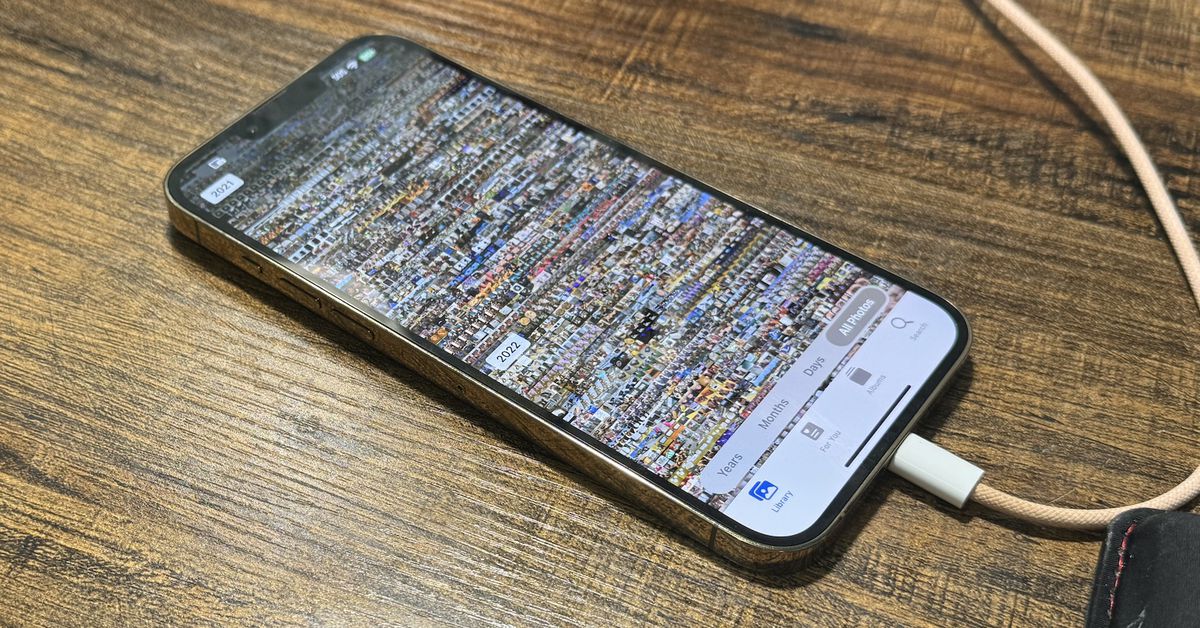- cross-posted to:
- [email protected]
- [email protected]
- apple_enthusiast
- cross-posted to:
- [email protected]
- [email protected]
- apple_enthusiast
cross-posted from: https://sopuli.xyz/post/12670977
iPhone owners say the latest iOS update is resurfacing deleted nudes



TRIM is garbage collection and is a part of the wear leveling system. The whole point of TRIM is to have the SSD only hold the charge it needs too for still in use (i.e. not deleted) data. It’s the charge that damages blocks over time, so to extend lifespans it clears everything not needed. It’s not overwriting data for security or anything per se, but rather just a result of its longevity processes
Now, I’m sure there are cheap no name SSD controllers out there with ineffective TRIM operations that just lie about the operation, but any controller worth its salt is gonna have proper TRIM.
Part of that process is to move the data to another block and release the charge to prevent further damage, it’s possible the block is damaged in such a way that it won’t even release the charge, but if that’s the case it’s incredibly unlikely to be readable.
Yea it’s possible, but now you’re in the needing x-ray machines, powerful microscopes, full clean room labs and people with extensive, specific skill sets which means $$$$$$$$$$$$$$$$$$$$ or in other words, state level budgets range. 99.99999% of people will be fine
I’m pretty sure that that is not correct.
The limiting factor is the number of writes. The reason that TRIM enhances life by facilitating wear leveling is that it lets the firmware know that the block no longer has useful data, so it can be returned to the pool used for wear-leveling. Without that, the firmware doesn’t know whether or not it can switch the physical block used to represent a given logical location and safely overwrite the existing contents of that new block.
Ah I see the disconnect, TRIM doesn’t live in the OS outside of the firmware, TRIM is part of the controller firmware and is exposed as an ATA command for the OS to utilize
The study I have linked in my original comment goes more in-depth
Yes, I know.
I’m on a phone, and it only partly showed up.
Direct PDF link
I mean, I read the PDF, the problem was the viewer bogging down.
googles
This sounds like what I expected:
https://superuser.com/questions/1060831/triming-as-alternative-to-securely-erasing-a-ssd
EDIT: I took a look at your PDF on a desktop. While it’s pretty light on the specifics of how they tested that the data was present, nothing there talks about anything below the OS level. My expectation is that what they did for their test was try to do reads from the device at the OS level and see whether it returned zeroes. They aren’t going to look below that. If they were interfacing with the drive at a firmware or below level, I’d expect them to have mentioned it, as it’d be a significant amount of additional work. And they don’t list relevant information like model number, much less firmware revision on the drive.
This is a complete digression but do you know if there is a consumer hardware that can be reliably erased? I’m trying to make something behave as an affordable HSM. If I could store a key encrypted at rest and be able to actually delete it, that would work for me.
Like, to create a hardware keystore? No, I don’t, sorry. If I wanted one myself, I’d probably just buy an existing one and hope that they did things correctly. :-)